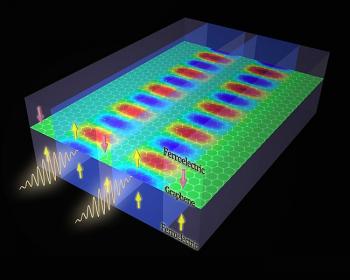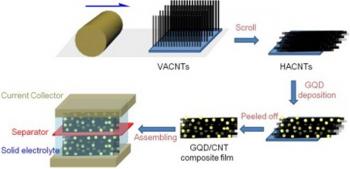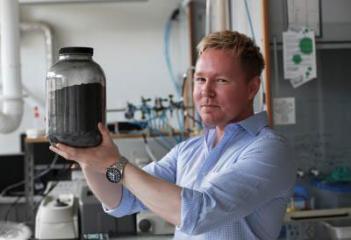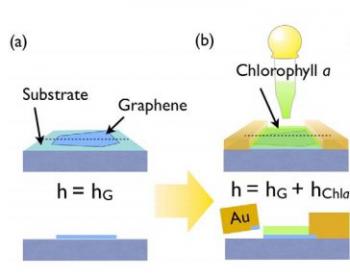Electron beam writes on graphene - the world's thinnest paper ever
Researchers from the Technical University of Denmark demonstrated how an electron beam can be used to "write on graphene" - by selectively breaking the carbon atoms in the graphene sheet. This makes graphene the thinnest paper ever. The font size created was only 2-3 nm.
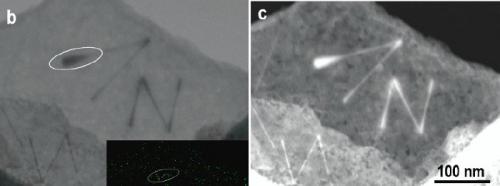
The researcher used a 300 keV electron beam that it able to break local carbon-to-carbon bonds. When the bonds break, the atoms are kicked off, which means that there are free bonds that attract new carbon species from the vacuum or on the graphene surface.


